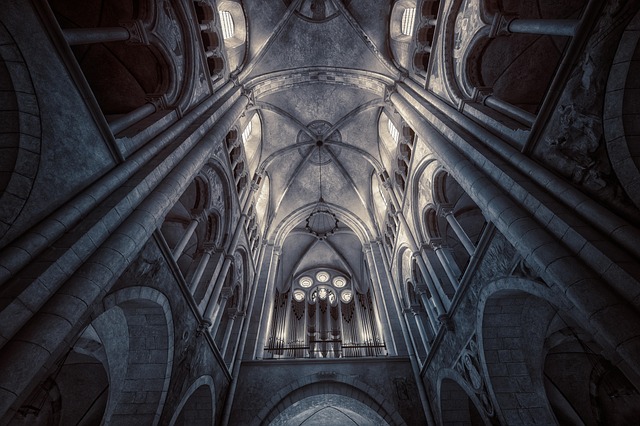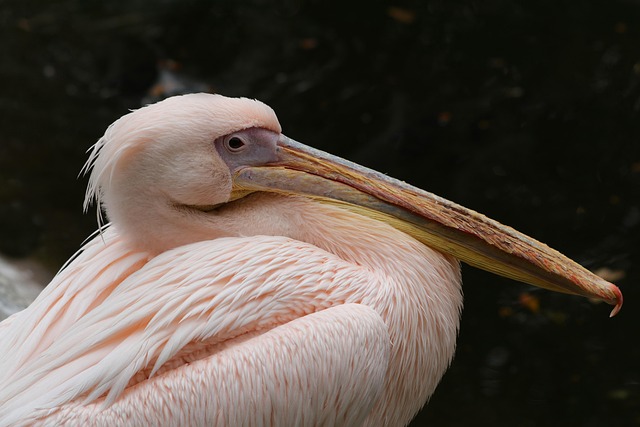Exploring the Art of Gazing: A Dive into the World of Eyes in Fine Arts and Culture
The human eye, often referred to as the window to the soul, has captivated artists and viewers alike for centuries. In the realm of fine arts, the portrayal of the eye serves as a powerful medium, transcending mere representation and diving deep into the complexity of human emotion and experience. Through art, the eye becomes more than just a physical attribute; it embodies insight, perspective, and the innate ability to connect with others on a profound level.
From the early works of the Renaissance, where artists like Leonardo da Vinci and Albrecht Dürer meticulously rendered eyes with unbelievable precision, to the bold and expressive strokes of modern art, the eye remains a focal point that draws us into the narrative of each piece. The way in which an artist chooses to depict the eye can evoke an array of feelings, from serenity and trust to mystery and unease. This emotional depth allows us to see the culture of the time reflected in the artwork, bridging the gap between the artist’s intentions and the viewer’s interpretations.
In cultures across the globe, the symbolism of the eye manifests in various forms. The all-seeing eye, often depicted in ancient Egyptian art, represents knowledge and protection, while in East Asian cultures, the eye signifies insight and intuition. Such representations prompt us to ponder the deeper meanings embedded in artistic expression, allowing our own experiences to mingle with the integrity of the work. This dialogue not only enriches our understanding of art but also invites us to reflect on our identity and perceptions within a broader societal context.
The act of gazing—whether it be at a captivating painting, a striking sculpture, or even a contemporary installation—invokes a sense of intimacy. When we engage with the art that emphasizes the eye, we are reminded of our own unique perspectives and experiences. Each glance at a meticulously crafted eye opens up a world of sentiment, revealing truths that might be hidden beneath the surface. It evokes memories of our own gazes, whether they come from a loving glance shared with a loved one or a fleeting moment of connection with a stranger.
The exploration of the eye in fine arts does not merely celebrate its aesthetic beauty, but highlights its role as a conduit for emotional storytelling. As we delve deeper into this artistic theme, we invite a moment of self-reflection and connection. The gaze, sometimes steady and other times fleeting, mirrors our journeys through life, illuminating the paths we share with one another.
Ultimately, the eye serves as a powerful symbol in culture, reminding us that while we may view the world through our individual perspectives, we are all interconnected in the shared human experience. Whether it is through the strokes of a brush or the shaping of clay, the representation of the eye encourages dialogue, understanding, and appreciation for both the art created and the emotions it evokes within us.




